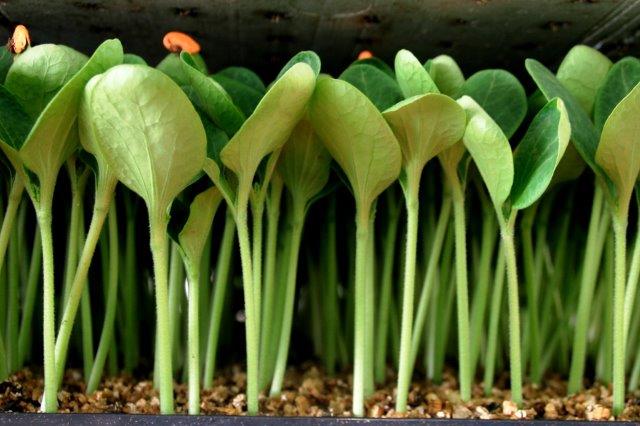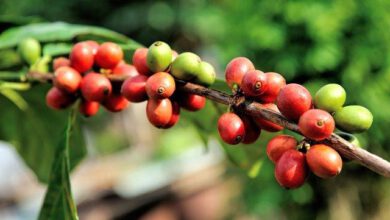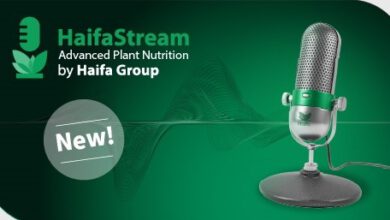the challenge
producing plant propagation materials requires close attention to pest management and maximum residue levels (mrls).
producing pathogen free plant propagation materials with low mrls is a real challenge. to comply with the strict standards
imposed on our products in each target country requires chemical control, effective application and innovative inspection models.
controlling the pests
hishtil’s nursery pest management is based on several levels of prevention, inspection and pathogen monitoring; unique systems for the application of biological and chemical agents and sanitation methods including disinfection stations at each entryway.
each security cycle involves both internal inspection and external supervision.
nursery staff follow the hishtil protocol for daily monitoring;while experts conducts regular checks and ensure delivery control .
an official plant protection and inspection services expert (israel agriculture department)
supervises pest control and approves greenhouses for export.
biological controls are based on: predatory mites, parasitic wasps and predatory bugs.
chemical control protocols include weekly prophylactic treatments, combined with focused treatments for specific infections.
rotation between chemicals avoids active ingredient breakdown and label approved chemical mixtures are also used.
 |
 |
managing chemical residues
managing chemical residues requires constant review of information sources – eu, usa, who, uk and
japanese data bases provide updates on regulation and working practices. active ingredient standards have changed dramatically over recent years and must be monitored constantly.
marketing chains often require even more stringent levels than legal mrls and ban the use of some chemicals such as imidacloprid, altogether no registered chemical provides effective control of spider mites on herbs and with no alternative, we must use predatory mites.
more effective chemicals such as abamectin must be used very carefully, because it harms predatory mites.
application
in most cases we prefer to use our self-propelled, air assisted sprayer , to achieve optimal effectiveness and low residues. high mrl products can be applied using other methods.
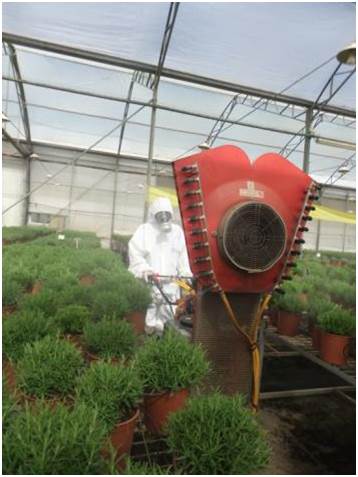 |
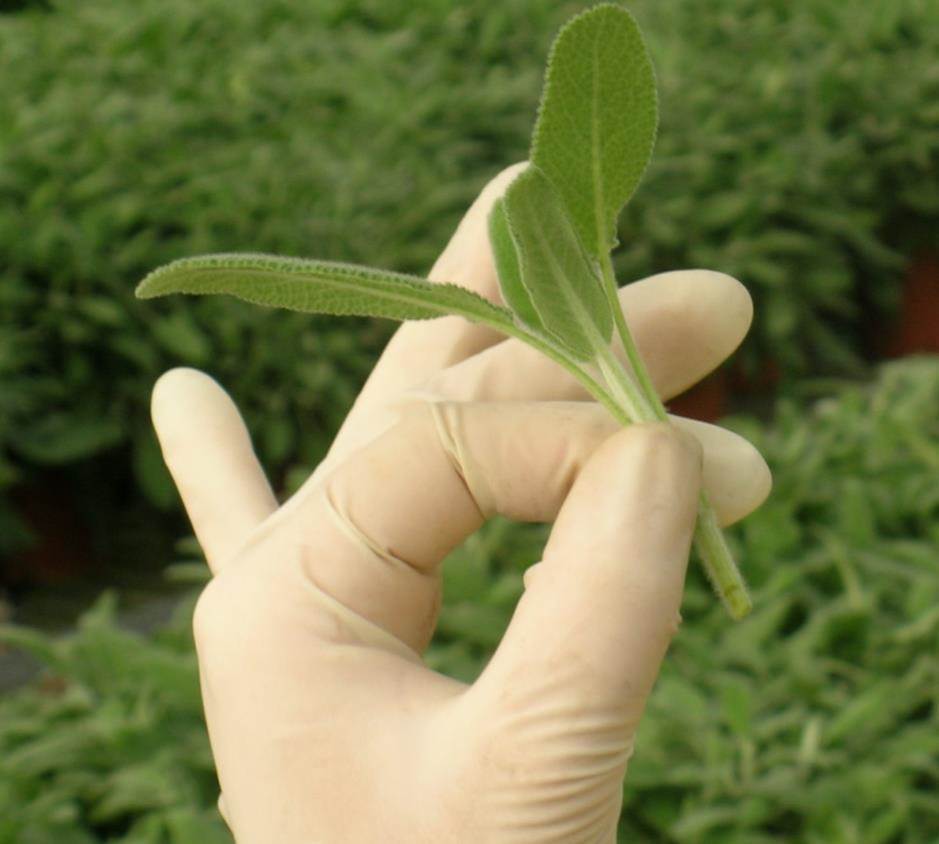 |
the future (r&d)
current r&d focuses on new tools for crop protection and product quality. the subjects now under investigation include:
essential oils, fumigation, dipping, vacuum bug trapping, disinfection products and technologies, photo-selective insect proof nets and plastic covers, chemical applications, new sprayers and new technologies for pest inspection and rejection.
summary
modern pest and mrl management in nurseries and the propagation industry requires r&d, sophisticated working procedures and tools, inspection and monitoring, physical barriers, climate control, biological agents and continuously updated data bases.
for more information: nadaf pass – nadavp@hishtil.com

